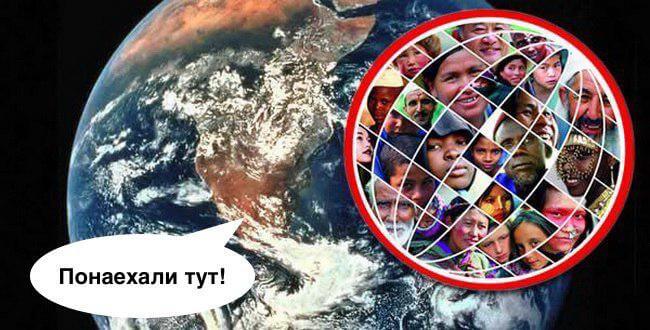
The rapid development of medical technology over recent decades allows mankind to increase in average life expectancy and to give birth to more healthy children. According to the above UN Department of economic and social Affairs fresh statistics, the world population will continue to grow rapidly, and by 2050 it will reach 9.7 billion people. Moreover, by 2030 the population, according to the latest data, can reach 8.5 billion people.
The report says that the fertility rate on the planet as a whole is shrinking in every particular region, but still the rise in life expectancy, which generally increases the average age of the inhabitants of the Earth.

The whole problem is aggravated by the fact that many of those resources upon which we depend for our survival on this planet are not renewable. Therefore, it is obvious why among scientists has been considerable debate about why it is so important to keep a balance equitable and moderate use, if we are a little concerned about the problem of such a rapid population growth.
In 2013, one of the world’s most famous naturalists and researchers, but also radio and television presenter David Attenborough is very strongly expressed in the British weekly Radio Times that the people began to look like a real plague, while adding that “either we ourselves begin to limit the population of the planet, or soon will do this for us nature.” The scientist also noted that one of the key factors that will allow nature to make this a reality is the global climate change, the first signs of which we can see now. And ironically, increasingly in the climate change we ourselves are to blame, the people who blithely ignores all hints.
Many other prominent experts in various fields of science also share the view Attenborough. One of them, for example, is the physicist Stephen Hawking, who gives humanity to the survival of only 100 years.
If the situation in the world as you think Attenborough and Hawking does not change, the increase of population, coupled with the neglect of finding solutions to change the situation, including the climate, can be a recipe for global disaster.
By 2050 the world population will be 9.7 billion people
Nikolai Khizhnyak